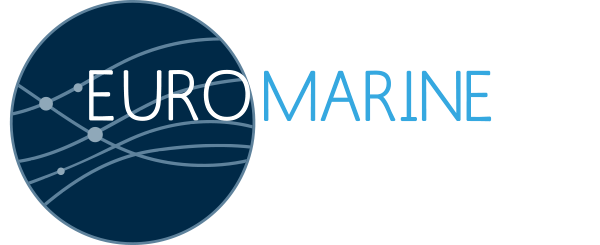During the last 10 years, scientists have developed collaboration around the North Sea, Channel, Baltic and Mediterranean Sea, sharing experience and knowledge on online flow cytometry measurement. The recently funded EU network of coastal observations called JERICO-NEXT aims to integrate biogeochemical and biological observations for ecological assessment. In the case of flow cytometry, the quantity of data produced as well as their different format compared to the traditional approach, makes the integration even more difficult.
If you are interested in attending, please contact: euromarine [dot] marseille2018![]() cefas [dot] co [dot] uk
cefas [dot] co [dot] uk
Objectives
During the Foresight workshop, the terms of reference, metadata, and quality control processes needed to create the framework of a new database for storing flow cytometry data will be discussed. This will be done with the collaboration of other scientists involved in SeaDataCloud which is a standardized infrastructure for managing large and diverse data sets collected by the oceanographic fleets and the automatic observation systems. Following a two-day workshop organised by JERICO-NEXT entitled ” Algal bloom dynamics and phytoplankton automated observations”, the foresight workshop will be able not only to connect experts
in phytoplankton ecology and data managers but also potential users such as monitoring agencies, and remote sensing scientist and modellers. Open to JERICO-NEXT and SeaDataCloud partners as well as other flow cytometer users and students, it will consist of a series of presentations, discussions with other scientific communities and demonstrations of the current data collection, analysis process.
Expected outcomes
The synthesis of the workshop will be summarised in a position paper which will be used as a road map for future harmonised methods for data classification and analysis on flow cytometry, as well as integration with existing ocean data portals.


